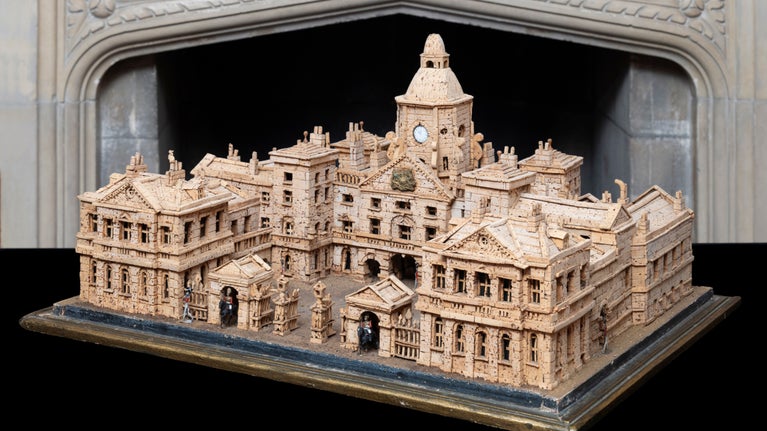
Art and collections
We care for one of the world's largest and most significant collections of art and heritage objects. Explore the highlights, our latest major exhibitions, curatorial research and more.

The summer solstice is when the sun is at its furthest point from the equator, making it the longest day of the year. It has been marked as the high point of summer – or midsummer – since the Neolithic era. Uncover the traditions and folklore of this ancient festival and explore how it was once observed at places we care for.
In Northern and Central European Neolithic cultures, the summer solstice may have been related to timings of crop cycles. It was typically marked by Celtic, Slavic and Germanic people by lighting bonfires, intended to boost the sun’s strength for the remainder of the crop season and ensure a healthy harvest.
The solstice sits within a wider celestial framework, complemented by seasonal equinoxes marking spring and autumn as well as daily, monthly and annual cycles.
Many Neolithic stone circles appear to have been built around the movement of the sun at solstices. Because there are no written accounts from the time, it’s difficult to be definitive about their exact purpose. However, stones appear to be carefully positioned to align with the sun’s movements, framing solar motion on summer and winter solstices. Stones that were placed at the axis of a particular solstice were even shaped with hammerstones to frame the sunrise for those standing in the centre of the circle.
Though it might seem that the middle of summer would naturally fall on the longest day of the year, the summer solstice and Midsummer’s Day are distinct events, normally a few days apart between 20 and 24 June. The difference is thought to stem from variations in the Julian and Gregorian calendars.
The longest day has been marked in different ways over the years and has its own set of customs. Some are based on practical needs. Others originate from spiritual and superstitious beliefs.
Lighting and jumping over bonfires on Midsummer’s Eve dates back to pre-Christian pagan customs. It was thought to keep demons away and bring good luck to lovers.
The solstice was particularly important in Nordic communities, where seasonal changes in sunlight are dramatic. The Vikings used the long days to maximise their productivity by hunting, settling disputes and conducting raids.
After the Christian Church was established, solstice celebrations were combined with St John’s Day, commemorating St John the Baptist. In the 19th century, Christians used St John’s Day to act out the baptisms of children who had died as ‘pagans’.

Mysticism and magic are a common theme in midsummer folklore across the world as well as in the UK. Magic was thought to be strongest during the summer solstice and myths told of the world turning upside down or the sun standing still at midsummer.
In an 1855 oil painting from Gunby Hall, Lincolnshire, Scottish painter William Bell Scott depicts pixies dancing by firelight. In a letter that Scott wrote in 1886, he described the painting as showing ‘fairies dancing before a great dying kitchen fire…at a Haunted House on Midsummer’s Eve.’
[Midsummer was seen as] a time when the normal laws of nature or divinity could be suspended, when spirits and fairies could contact humans, when humans could exceed the usual limitations of their world.
Observing the longest day is not limited to the Western world. Many ancient cultures and communities had unique traditions centred around midsummer and celebrated deities associated with the sun.

We care for one of the world's largest and most significant collections of art and heritage objects. Explore the highlights, our latest major exhibitions, curatorial research and more.
Discover more about the St David’s Celtic origins, pilgrimages and patron saint and how the area’s prehistoric past has left its mark on Britain’s smallest city.

Find out what was discovered beneath the earth in a quiet corner of Sutton Hoo in Suffolk, and why the Anglo-Saxon find was so significant.
